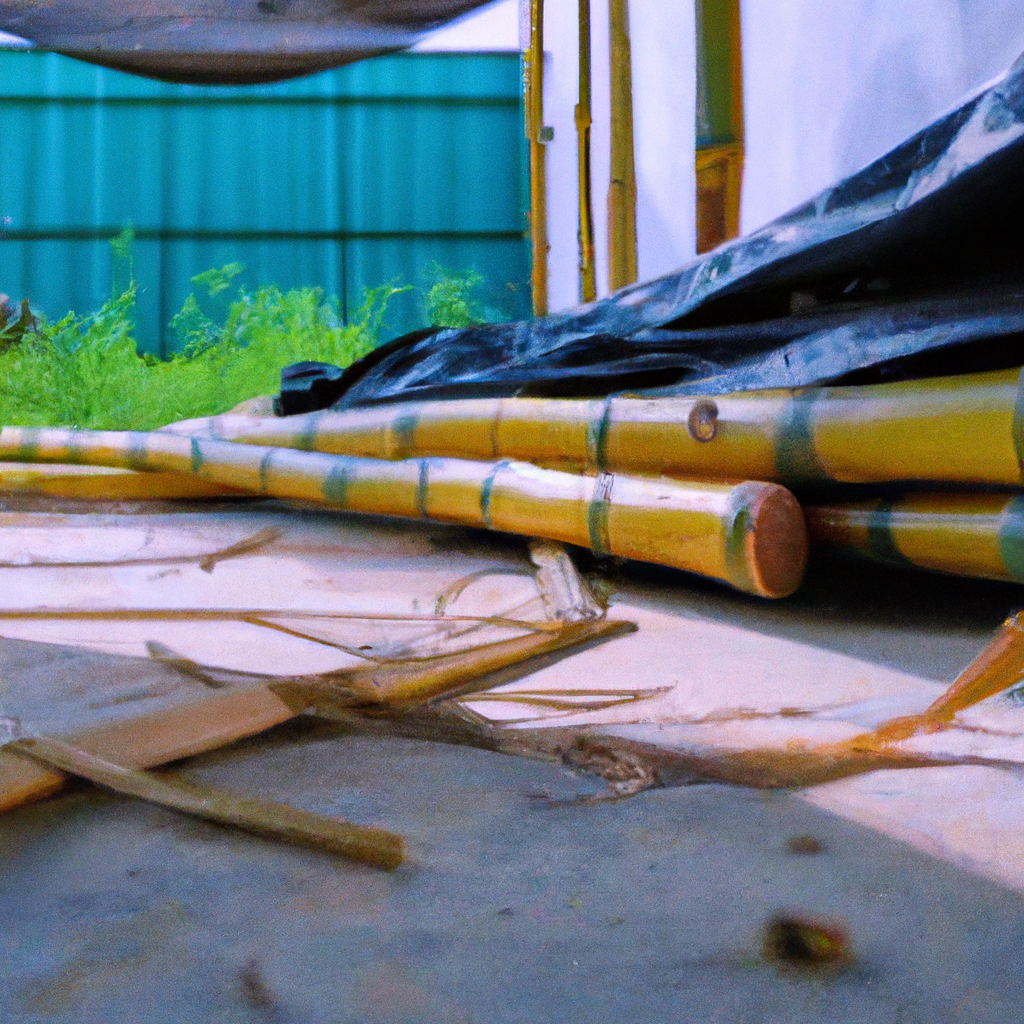Bamboo has been used as a building material for centuries in many parts of the world, primarily in Asia and South America. It is a versatile and sustainable material that is renewable, lightweight, strong, and eco-friendly. Bamboo construction is gaining popularity worldwide as people become more aware of its benefits. In this article, we will explore some of the lesser-known uses of bamboo in construction and how it can be used to create innovative and sustainable buildings.
Bamboo is not only an ideal material for traditional homes and structures but can also be used in modern architecture. The following are some of the lesser-known uses of bamboo in construction.
Bamboo Flooring

Bamboo is a popular material for flooring due to its durability, strength, and sustainability. Bamboo flooring is made by slicing bamboo poles into thin strips and then gluing them together. It is a cost-effective and eco-friendly alternative to hardwood flooring and is available in a wide range of colors and finishes.
Bamboo Reinforcement
Bamboo can be used as reinforcement in concrete structures such as beams and columns. It is lightweight, strong, and has excellent tensile strength. Bamboo reinforcement is a sustainable alternative to steel reinforcement, which has a higher carbon footprint and is non-renewable.
Bamboo Cladding
Bamboo can be used as cladding material for walls and roofs. It is an excellent alternative to traditional materials such as wood, metal, and plastic. Bamboo cladding is lightweight, durable, and has natural insulation properties. It is also aesthetically pleasing and can add a unique touch to any building.
Bamboo Furniture
Bamboo is a popular material for furniture due to its strength, durability, and eco-friendliness. Bamboo furniture is lightweight and has a natural look and feel. It is a sustainable alternative to traditional hardwood furniture and can be used both indoors and outdoors.
Bamboo Composite Materials
Bamboo can be used to create composite materials for construction purposes. Bamboo composites are made by combining bamboo fibers with other materials such as plastic or resin. These materials are strong, durable, and lightweight, making them ideal for use in construction.
Bamboo Matting
Bamboo mats are made by weaving bamboo strips together. They are used for roofing, wall cladding, and flooring. Bamboo matting is a sustainable alternative to traditional roofing materials such as tiles or shingles. It is also a cost-effective and eco-friendly material for wall cladding and flooring.
Bamboo Scaffoldings
Bamboo scaffoldings are used in many parts of the world as an alternative to steel scaffoldings. Bamboo scaffolding is lightweight, strong, and easy to assemble. It is also a sustainable and eco-friendly alternative to steel scaffolding, which has a higher carbon footprint.
Bamboo Poles for Framing
Bamboo poles can be used for framing in construction. Bamboo poles are lightweight, strong, and flexible. They are an eco-friendly and sustainable alternative to traditional framing materials such as timber or steel.
Bamboo Insulation
Bamboo insulation is made by shredding bamboo fibers and compressing them into batts or rolls. Bamboo insulation is a sustainable and eco-friendly alternative to traditional insulation materials such as fiberglass or foam. It is also a cost-effective and energy-efficient material for insulating buildings.
Bamboo Charcoal
Bamboo charcoal is a byproduct of bamboo processing. It is a sustainable and eco-friendly alternative to traditional charcoal. Bamboo charcoal can be used as a building material for walls, floors, and roofs. It is also an excellent material for air purification, water filtration, and odor removal.
In conclusion, bamboo construction has many benefits that make it an ideal material for sustainable and eco-friendly building. The lesser-known uses of bamboo in construction include flooring, reinforcement, cladding, furniture, composite materials, matting, scaffoldings, framing, insulation, and charcoal. These innovative uses of bamboo in construction show how versatile and sustainable this material can be, and how it can help us build a more sustainable future.






